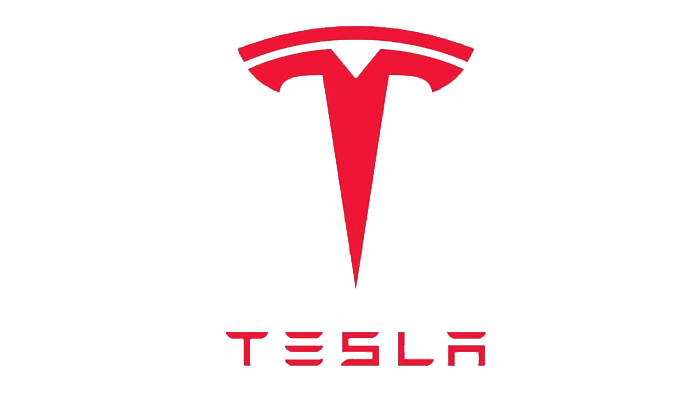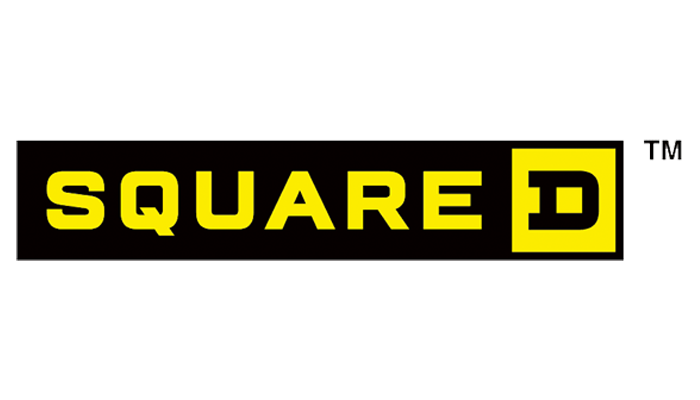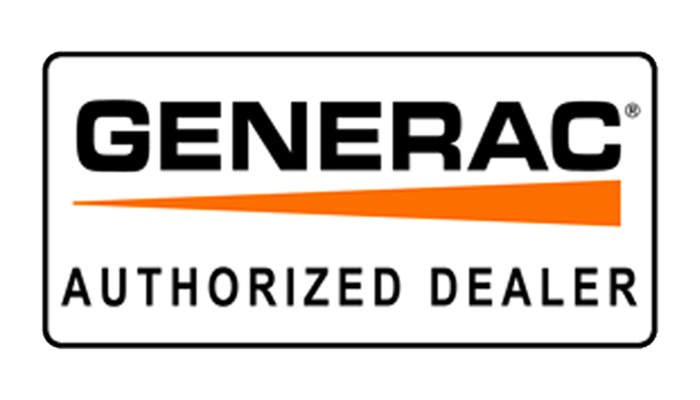In many commercial settings, maintaining proper ventilation and air quality requires the use of commercial exhaust fans. They contribute to the removal of pollutants, heat, and odors from the space, ensuring a cozy and secure environment for both staff and clients. To ensure optimal performance, exhaust fans need to be repaired and maintained on a regular basis, just like any other mechanical system.
In order to keep these crucial systems operating effectively, this article will go over the significance of commercial exhaust fan repair and maintenance, essential maintenance tasks, and typical troubleshooting advice.
Understanding the Importance of Commercial Exhaust Fan Maintenance
By removing pollutants, humidity, and bad odors, commercial exhaust fans are crucial for maintaining a healthy indoor environment. These fans are more durable and operate more effectively and efficiently with routine maintenance, which also lowers the possibility of a breakdown. Failure to perform routine maintenance can result in decreased performance, higher energy usage, and expensive repairs or replacements.
Signs of a Malfunctioning Exhaust Fan
Depending on the particular problem and its severity, there may be different signs of an exhaust fan that isn’t working properly. It’s crucial to keep an eye out for any changes or odd behaviors the exhaust fan displays. Here are some typical symptoms of an exhaust fan that isn’t working properly:
-
Reduced Airflow
The airflow produced by the exhaust fan may have decreased significantly; this could indicate a problem. The fan might not be able to sufficiently purge the moisture, odors, or air pollutants from the space it is intended to ventilate.
-
Unusual Noises
Be alert for any odd or unusual noises coming from the exhaust fan. These sounds could be humming, rattling, grinding, or squeaking. Such noises should be promptly investigated because they may be related to problems with the fan’s motor, blades, or bearings.
-
Excessive Vibration
An effective exhaust fan should run quietly and without a lot of vibration. Excessive vibration could indicate misalignment, a loose part, or worn-out components. If the underlying cause of the vibration is not found and fixed, it can result in further damage.
-
Fan Fails to Start or Runs Continuously
There may be mechanical or electrical problems if the exhaust fan doesn’t turn on when it should or runs nonstop. It may involve issues with the wiring, switches, or controls for the fan. Inadequate ventilation or increased energy use may result from a broken fan.
-
Burning Smell or Overheating
The exhaust fan may have a motor or electrical issue if you notice a burning smell coming from it or if it gets too hot while running. A safety risk from overheating is that the fan may stop functioning.
Regular Cleaning & Dust Removal
One of the most essential maintenance tasks for commercial exhaust fans is routine cleaning and dust removal. On fan blades, dust, grease, and debris can build up over time, obstructing airflow and decreasing efficiency. Periodic cleaning of the fan housing, grilles, and blades ensures proper ventilation and prevents the accumulation of contaminants.
Lubrication of Fan Motors & Bearings
For fan motors and bearings to run smoothly, proper lubrication is essential. Reduced friction and wear from regular lubrication of these parts lowers their risk of overheating and early failure. To choose the proper lubrication technique and frequency, refer to the manufacturer’s instructions or get expert advice.
Checking & Replacing Fan Belts
Power is transferred from the motor to the fan by means of fan belts. Belts may degrade, loosen up, or misalign over time, impairing the performance of the fan. The best fan performance is preserved by routinely checking, adjusting belt tension, and replacing worn-out belts. This helps avoid unplanned breakdowns.
Inspecting and Cleaning Fan Blades
For effective airflow, fan blades must be kept clean. Check the blades frequently for dust, debris, or damage. They can be cleaned with a soft brush or cloth to ensure unhindered airflow and prevent the motor from being overworked. Any blades that are bent or damaged need to be replaced right away.
Verifying Electrical Connections
Electrical connections that are loose or defective can result in sporadic operation or complete fan failure. Check all electrical connections frequently to make sure they are safe and unharmed, including wiring harnesses, terminals, and switches. Maintaining dependable electrical performance requires replacing damaged components and tightening loose connections.
Testing and Calibrating Fan Controls
Fan controls, like thermostats and speed regulators, are essential for controlling how commercial exhaust fans operate. To make sure these controls are accurate, test and calibrate them frequently. Check to make sure the fan operates as intended in terms of starting and stopping, and that the speed settings are suitable for the establishment’s ventilation requirements.
Assessing & Replacing Exhaust Fan Motors
Motors for exhaust fans are prone to wear and tear over time. If they start to exhibit signs of deterioration, such as decreased speed, increased noise, or persistent overheating, consider replacing them. Long-term financial savings can also result from switching to energy-efficient motors.
Troubleshooting Common Issues
Prior to contacting a technician for assistance with an exhaust fan problem, it’s critical to troubleshoot common problems. Look for broken or loose parts, as well as obstructions. To effectively identify and fix the issue, consult the owner’s manual or a trained technician.
Maintaining Exhaust Fan Ducts
For optimum performance, exhaust fan ducts must be properly maintained. Regularly check the ductwork for any obstructions, such as debris or bird nests, and thoroughly clean them. Make sure the ducts are completely sealed to avoid air leaks, which can reduce ventilation effectiveness.
Implementing Preventive Maintenance Plans
Creating a preventive maintenance schedule is a great way to guarantee the continuous operation of commercial exhaust fans. Establish a schedule for routine component replacement, cleaning, lubrication, and inspections. You can reduce unexpected breakdowns, increase the lifespan of the fans, and improve their efficiency by using a proactive maintenance strategy.
Maximizing Energy Efficiency
Improved energy efficiency is a result of keeping commercial exhaust fans properly maintained. Fans that are well-maintained use less energy, which lowers energy costs and leaves a smaller environmental impact. Businesses can create a more sustainable and cost-effective working environment by enhancing the performance of exhaust fans.
Conclusion
In order to ensure optimal performance, energy efficiency, and a healthy indoor environment, commercial exhaust fan repair and maintenance are essential. These fans must be maintained regularly with cleaning, lubrication, component inspections, and troubleshooting for common problems. Businesses can increase the lifespan of their exhaust fans, decrease downtime, and create a secure and comfortable environment for everyone by implementing preventive maintenance plans and calling in experts when necessary.










